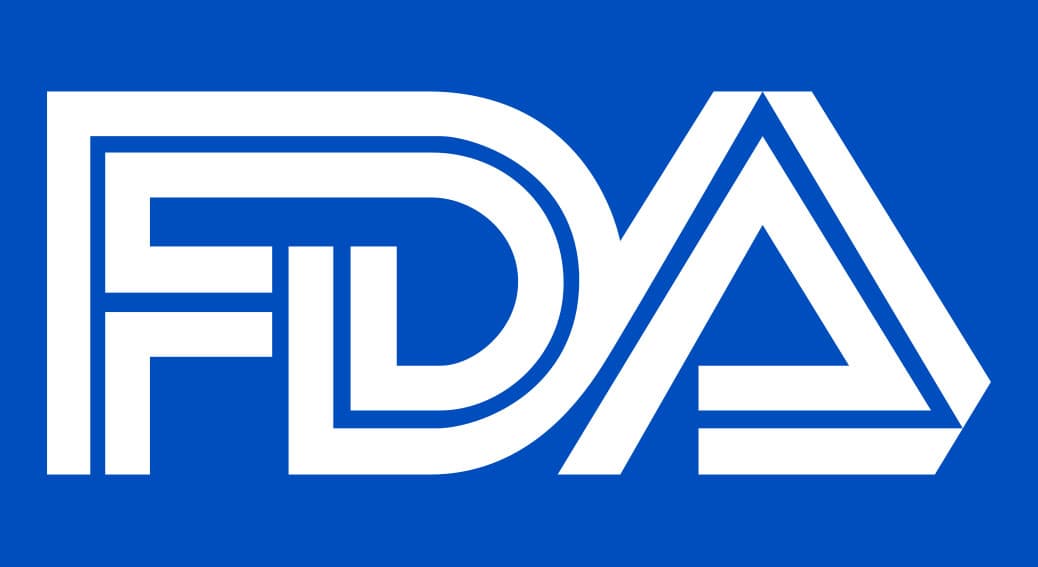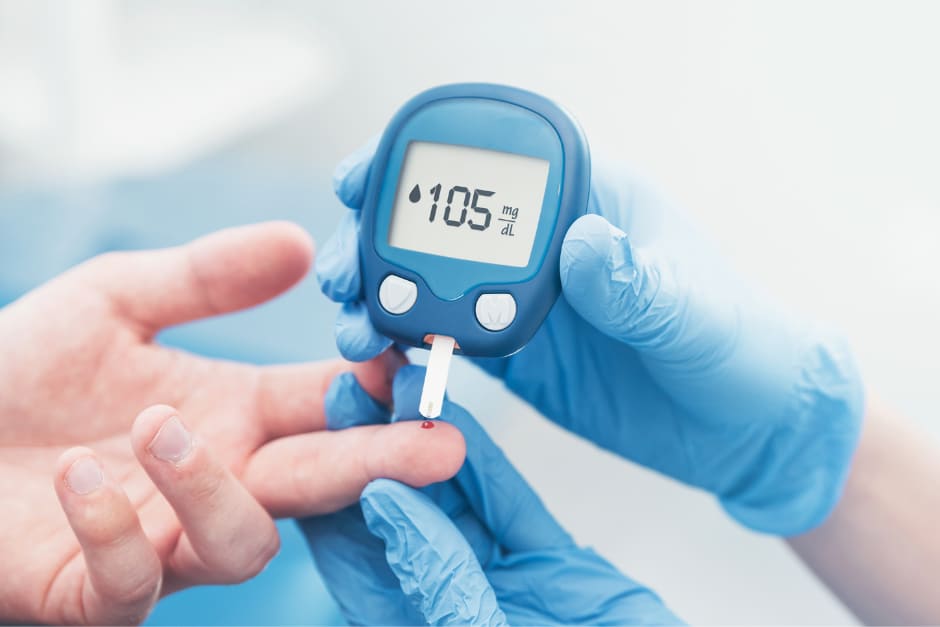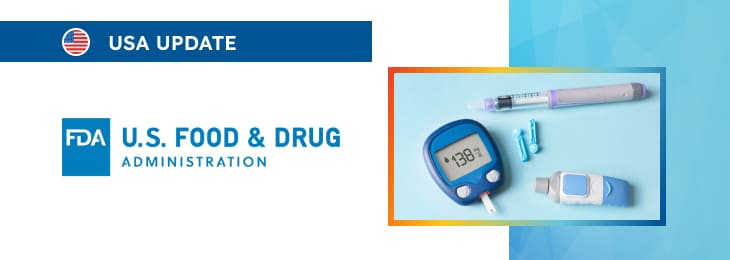The new article is dedicated to additional considerations to be taken into account when using patient preference information associated with medical devices intended to be marketed and used in the US.

Table of content
The Food and Drug Administration (FDA or the Agency), the US regulating authority in the sphere of healthcare products, has published a guidance document dedicated to incorporating voluntary patient preference information over the Total Product Life Cycle (TPLC). The guidance provides a general overview of the applicable regulatory requirements, as well as additional clarifications and recommendations to be taken into consideration by medical device manufacturers and other parties involved in order to ensure compliance.
At the same time, provisions of the guidance are non-binding in their legal nature, nor are they intended to introduce new rules or impose new obligations. The authority explicitly states that an alternative approach could be applied, provided such an approach is in line with the existing regulatory framework and has been agreed with the authority in advance.
Maintaining the Integrity of PPI Data
As with all premarket submissions to the FDA, maintaining the integrity and validity of Patient Preference Information (PPI) is essential. PPI studies are considered social science experiments and must comply with relevant regulations, including Institutional Review Board (IRB) review, approval, and informed consent as specified by 21 CFR parts 50, 56, and 812.
It is also advised that sponsors follow ethical research practices and principles common in PPI research. For data collected outside the US, the FDA will consider the reliability and relevance of such data for the US population.
Cultural differences and healthcare system variations must be considered to ensure the applicability of PPI data to FDA decision-making.

Conditions of Approval Based on PPI
In some cases, the FDA may impose conditions of approval for a Premarket Approval (PMA) or Humanitarian Device Exemption (HDE), particularly when PPI plays a significant role in assessing benefit-risk profiles. These conditions may help mitigate risks and tailor the use of the device to specific patient subgroups who are expected to benefit more than the general population.
In such cases, specialized patient labeling or shared decision-making tools may be implemented to ensure that patients fully understand the potential risks and benefits. PPI can assist in identifying subsets of patients for whom the benefits of a device outweigh the risks.
For instance, a device may be approved for a particular group of patients rather than for the general population if the data supports that decision. Additionally, the FDA may require post-approval studies to confirm the long-term safety and effectiveness of the device for that specific patient population.
Inclusion of PPI in FDA Decision Summaries and Device Labeling
When the FDA approves a device through a PMA, HDE, or De Novo classification request, it typically includes a decision summary that outlines the clinical study data and evidence considered during the evaluation. If PPI was used in the decision-making process, it is generally included in these summaries.
Including PPI in both FDA and industry public decision summaries is valuable for healthcare professionals and patients, especially in cases involving complex benefit-risk tradeoffs or novel treatments. PPI reviewed by the FDA should also be included in the device labeling.
It is essential that device labeling provides sufficient information about the benefits, risks, and target population for whom the device is intended. Clear, patient-friendly language is crucial for patients to make informed decisions about their treatment options.
The use of visual aids such as graphs or tables can further enhance understanding. The labeling should address key points such as potential benefits, risks, contraindications, and any uncertainties regarding long-term outcomes.
When conveying risks and benefits, it is important to use absolute terms rather than relative ones, as this helps avoid confusion. For example, describing a doubling of risk should clearly state whether it refers to an increase from 10% to 20% or from 0.001% to 0.002%, as these represent vastly different levels of risk.
Hypothetical Examples of PPI in FDA Decision-Making
The following hypothetical examples illustrate how the FDA might consider PPI when evaluating devices:
- Probable Benefit Outweighs Risk for a Subset of Patients:
A device designed to treat knee pain shows smaller improvements in the overall patient population, but a subgroup of patients with severe pain and functional limitations demonstrates significant benefits without additional risks. PPI indicates that patients in this subgroup are willing to accept the risks in exchange for these benefits. The FDA may approve the device specifically for this patient subset, requiring post-approval studies to ensure long-term safety and effectiveness.
- PPI Helps Inform FDA Reviewer Considerations:
An aesthetic device intended to reduce facial wrinkles shows temporary benefits, with satisfaction declining over time. While FDA reviewers initially questioned whether the temporary effects outweighed the risks of repeated procedures, PPI reveals that many patients prefer temporary improvements over permanent implants. This patient preference could influence the FDA’s decision to approve the device with appropriate labeling about the temporary nature of the benefits.
- High Risk Not Outweighed by Probable Benefit:
A permanent aesthetic device shows faster recovery but higher rates of adverse events compared to alternatives. Although PPI indicates that some patients would accept these risks for the benefits, the FDA might decide not to approve the device due to the unreasonable risk of injury. The FDA may recommend design modifications to improve the device’s safety.
- Patient Preference for Certain Device Attributes Despite Higher Risks:
A fully implantable hearing device shows higher risks, such as facial nerve injury during implantation, compared to alternative devices with similar effectiveness. However, PPI reveals that some patients value the discrete nature of the device and are willing to accept the risks. Based on this information, the FDA may approve the device for patients who prioritize these attributes.
- Pediatric Application and Parent Preferences:
A pediatric heart valve replacement device is designed for children with congenital heart disease, offering improved durability and smaller sizes suited to pediatric anatomy. While the surgery poses high operative risks, PPI from parents indicates a preference for the new device despite the risks. The FDA might weigh this patient and parent preference in favor of the device’s approval, especially given the lack of alternative treatments for pediatric patients.
Conclusion
In summary, the document provides additional examples to demonstrate how PPI can inform FDA decisions by providing insights into patient values and preferences. As explained further by the authority, PPI plays a critical role in ensuring that devices are assessed in ways that reflect the needs and perspectives of the patients who will use them.
How Can RegDesk Help?
RegDesk is an AI-powered Regulatory Information Management System that provides medical device companies with regulatory intelligence for over 120 markets worldwide. It can help you prepare and publish global applications, manage standards, run change assessments, and obtain real-time alerts on regulatory changes through a centralized platform. Global expansion has never been this simple.

